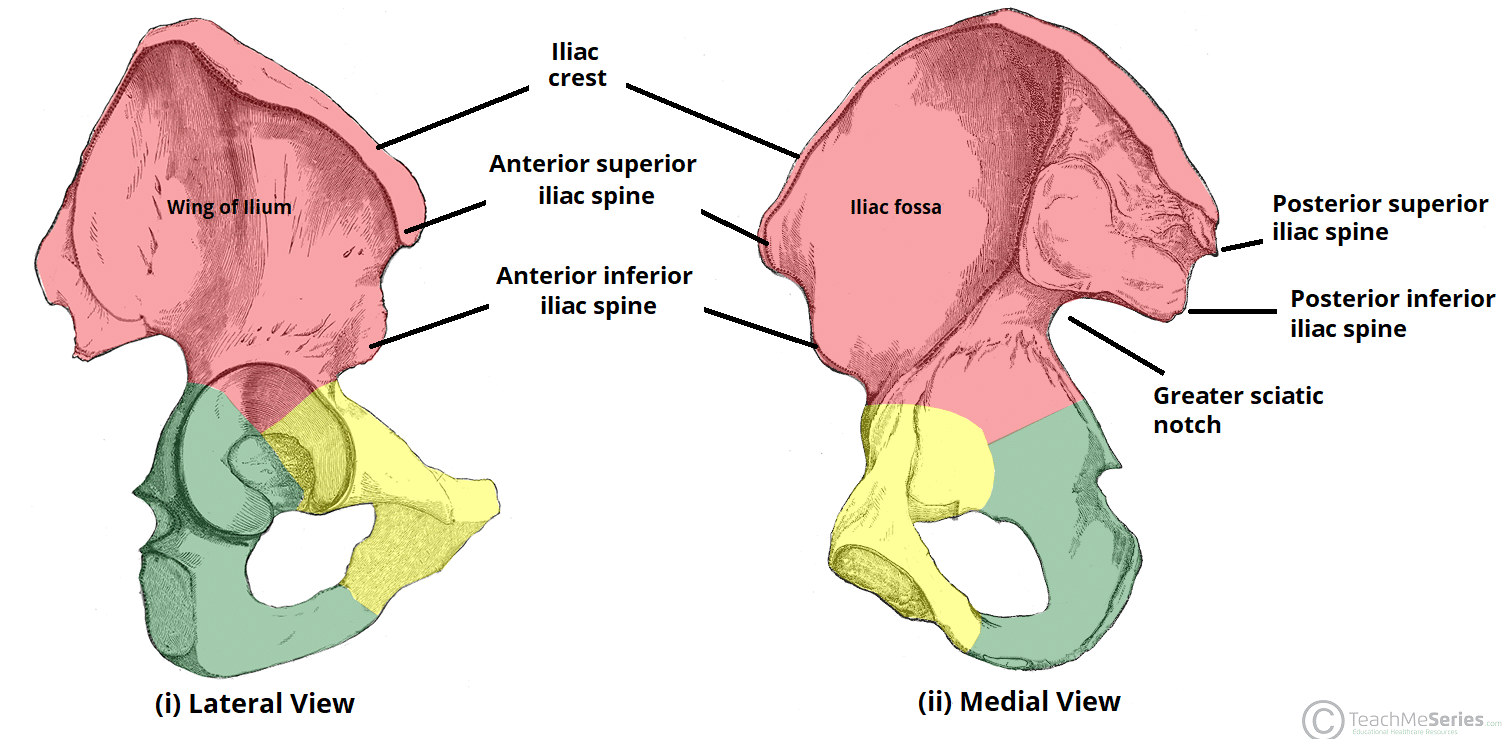The sacrospinous ligament separates the greater sciatic and lesser sciatic foramina.
Roof of lesser sciatic foramen.
The sacrospinous ligament contributes to the superior border or roof of the lesser sciatic foramen.
The lesser sciatic foramen provides a communication between the perineum of the pelvis and the gluteal region.
The greater sciatic notch provides passage to many structures either above or below the piriformis muscle.
The greater sciatic foramen is divided into two parts by the presence of the piriformis muscle the suprapiriform and infrapiriform foramina.
The lesser sciatic foramen is a small opening which provides communication between the pelvis and the gluteal region.
Tendon of obturator internus.
The sacrospinous ligament forms the inferomedial border of the greater sciatic foramen.
Internal pudendal artery and vein n.
The spine of the ischium and sacrospinous ligament posterior.
Lesser sciatic notch anteriorly ischial spine anterosuperiorly and ischial tuberosity anteroinferiorly sacrospinous ligament superiorly sacrotuberous ligament posteriorly.
Identify the greater and lesser sciatic foramina and ischial spine on the pelvis shown.
The greater sciatic foramen is divided into two compartments by the piriformis muscle namely the infrapiriformic and suprapiriformic compartments below and above the muscle respectively.
It lies inferiorly to the pelvic floor.
The placement of the relatively robust sacrotuberous ligament forms the lesser sciatic foramen from the osseous lesser sciatic notch.
The tuberosity of the ischium superior.
A mnemonic to remember the structures passing through the lesser sciatic foramen is.
The lesser sciatic foramen has the following boundaries.
Nerve to obturator internus to.
The greater sciatic foramen is an opening foramen in the posterior human pelvis.
It is formed by the sacrotuberous and sacrospinous ligaments.
It is bounded by.
Below the ischial spine is a small notch the lesser sciatic notch.
It is smooth coated in the recent state with cartilage the surface of which presents two or three ridges corresponding to the subdivisions of the tendon of the obturator internus which winds over it.

